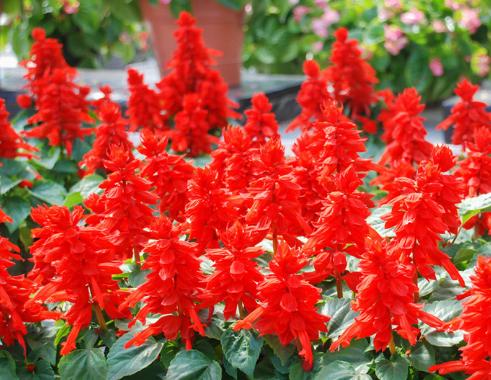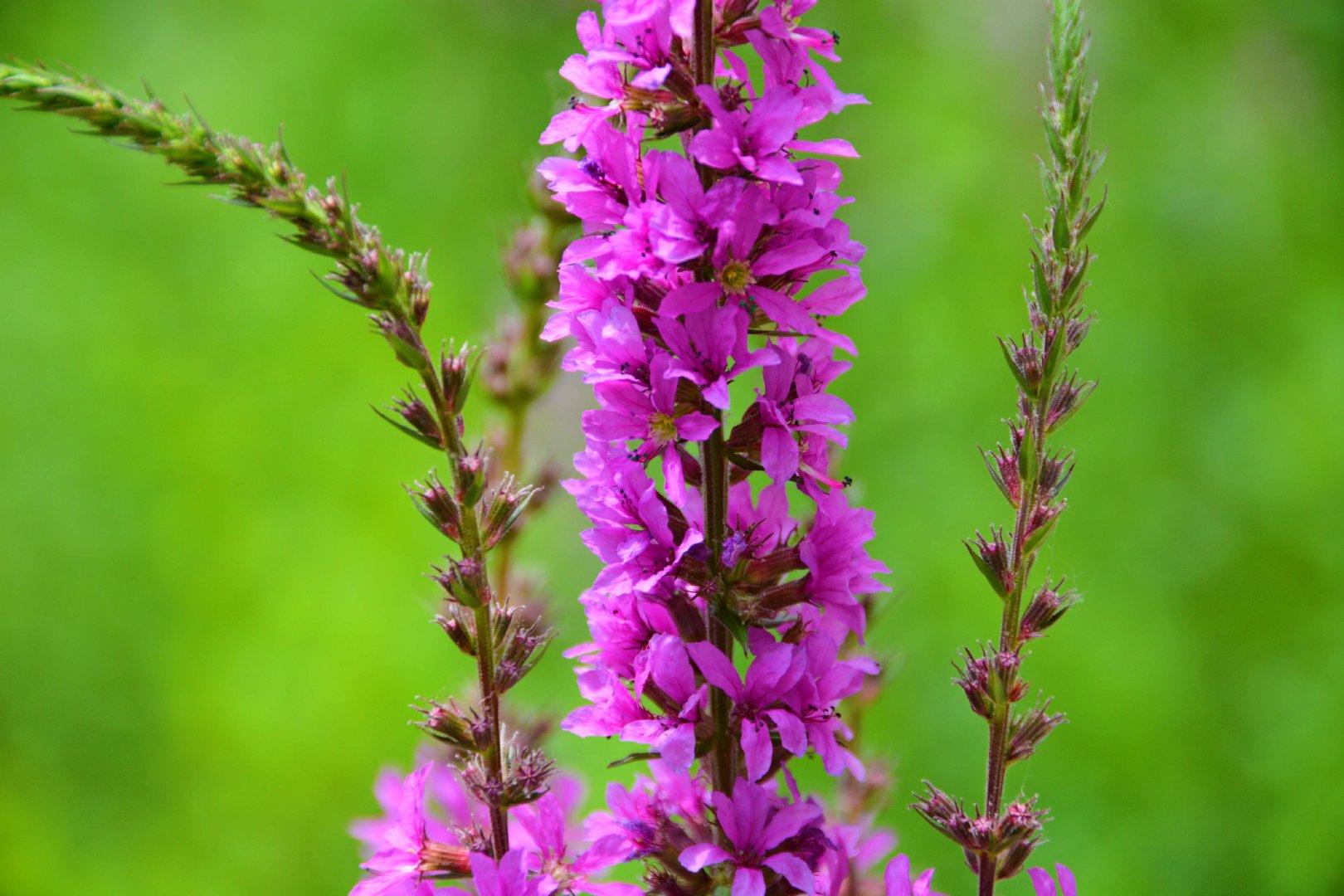Commelinaceae is an interesting family of flowering plants, commonly known as the spiderwort family. One of the most fascinating stories about this family is the use of its members in traditional medicine. Some species, such as Commelina cyanea, have been used for treating various ailments like fever, headaches, and skin diseases. Additionally, the plant is also used in Hindu rituals and worship. Another interesting fact about Commelinaceae is its ability to adapt and thrive in various conditions, making it a popular ornamental plant in many parts of the world. Whether you are interested in traditional medicine or simply love the beauty of nature, the story of Commelinaceae is one worth exploring.
Picture
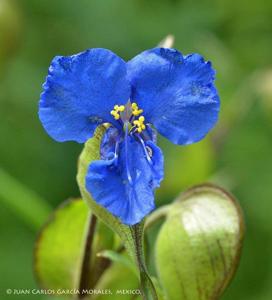
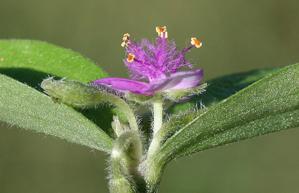
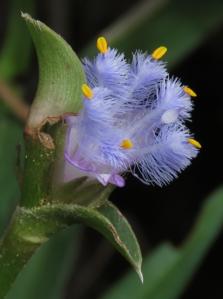
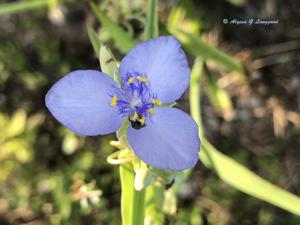
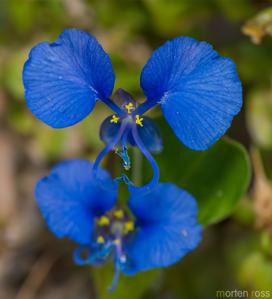
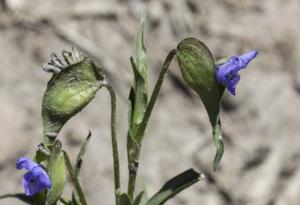
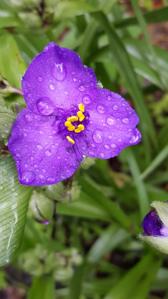
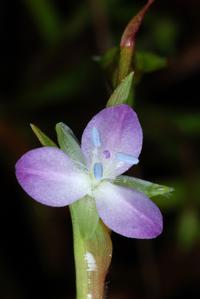
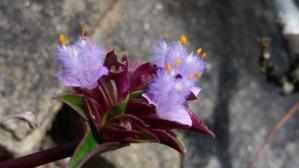
Plant some seeds now!
Short Description
Commelinaceae is a family of flowering plants. In less formal contexts, the group is referred to as the dayflower family or spiderwort family. It is one of five families in the order Commelinales and by far the largest of these with about 731 known species in 41 genera. Well known genera include Commelina (dayflowers) and Tradescantia (spiderworts). The family is diverse in both the Old World tropics and the New World tropics, with some genera present in both. The variation in morphology, especially that of the flower and inflorescence, is considered to be exceptionally high amongst the angiosperms.
The family has always been recognized by most taxonomists. The APG III system of 2009 (unchanged from the APG system of 1998), also recognizes this family, and assigns it to the order Commelinales in the clade commelinids in the monocots. The family counts several hundred species of herbaceous plants. Many are cultivated as ornamentals. The stems of these plants are generally well-developed, and often swollen at the nodes. Flowers are often short-lived, lasting for a day or less.
The flowers of Commelinaceae are ephemeral, lack nectar, and offer only pollen as a reward to their pollinators. Most species are hermaphroditic, meaning each flower contains male and female organs, or andromonoecious, meaning that both bisexual and male flowers occur on the same plant. Floral dimorphism may be accompanied by variable pedicel length, filament length and/or curvature, or stamen number and/or position. Species tend to have specific flowering seasons, though local environmental factors tend to effect exact timing, sometimes considerably. Species tend to flower at a specific time of day as well, with these periods being well defined enough to presumably isolate different species reproductively. Furthermore, some species exhibit differential opening times for male and bisexual flowers. Commelinaceae flowers tend to deceive pollinators by appearing to offer a larger reward than is actually present. This is accomplished with various adaptations such as yellow hairs or broad anther connectives that mimic pollen, or staminodes that lack pollen but appear like fertile stamens.
Description
The distinctive leaf sheath common to all Commelinaceae
The distinctive involute unfurling of the leaf in most Commelinaceae can be seen in the background; also note the clawed petals, polymorphic stamens, and dimorphic petals in this species
Plants in the Commelinaceae are usually perennials, but a smaller number of species are annuals. They are always terrestrial except for plants in the genus Cochliostema, which are epiphytes. Plants typically have an erect or scrambling but ascending habit, often spreading by rooting at the nodes or by stolons. Some have rhizomes, and the genera Streptolirion, Aetheolirion, and some species of Spatholirion are climbers. The roots are either fibrous or form tubers.
Leaves form sheaths at their bases that surround the stem, much like the leaves of grasses, except that the sheaths are closed and do not have a ligule. The leaves alternate up the stem and may be two-ranked or spirally arranged. The leaf blades are simple and entire (that is, they lack any teeth or lobes), they sometimes narrow at the base, and they are often succulent. The way in which the leaves typically unfurl from bud is a distinctive feature of the family: it is termed involute, and means that the margins at the leaf base are rolled in when they first emerge. However, some groups are supervolute or convolute.

